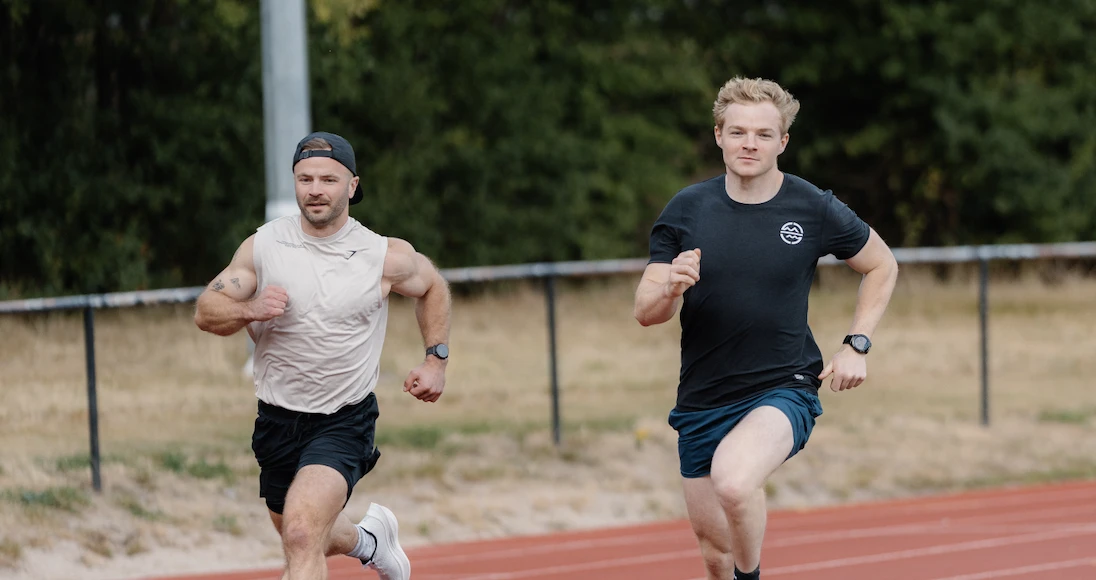Where Did the Term ‘Interference Effect’ Come From?
The “interference effect” is a term often thrown around in hybrid and concurrent training discussions - but where did it come from, and what does it actually mean?
The concept was first introduced by Dr. Robert Hickson in a seminal study published in 1980, titled “Interference of strength development by simultaneously training for strength and endurance.” Hickson was a powerlifter who, upon joining an endurance physiology research lab, began joining his colleagues on long-distance runs. He soon noticed that his strength performance started to decline - despite continuing his resistance training regimen.
This observation prompted Hickson’s first study when he started his own lab. He designed an 11-week training intervention with three distinct groups:
-
A strength-only group (5 sessions/week of leg presses and squats),
-
An endurance-only group (6 sessions/week of running and cycling),
-
A combined group doing both (11 sessions/week).
The combined group replicated both protocols: heavy lifting and vigorous endurance efforts, separated by ~2 hours of rest. The outcome? Initially, the combined group showed similar strength gains to the strength-only group. But by weeks 7–10, their progress plateaued, and in some cases, declined. Meanwhile, the strength-only group continued improving.
Hickson’s team concluded that adding endurance training “interfered” with strength development, hence the term “interference effect.” It described the idea that concurrent training - particularly with high volumes and intensity - could blunt strength and hypertrophy gains.
Despite its limitations (e.g., small sample size, lack of periodization, extreme fatigue), Hickson’s study sparked decades of research. Scientists began investigating whether endurance training dampens muscle growth via molecular pathways - like AMPK interfering with mTOR signalling.
Over time, the interference effect expanded to include three domains:
-
Performance-based interference: Reduced strength or power outcomes.
-
Neuromuscular interference: Potential motor unit recruitment conflicts.
-
Molecular interference: Pathway competition between AMPK and mTOR.
Interestingly, more recent meta-analyses show mixed results. While some studies replicate Hickson’s findings - particularly under high training loads - others show little to no interference, especially in novice athletes or when training is properly programmed (e.g., lifting before cardio, recovery between sessions).
In essence, the interference effect started as an observed performance phenomenon. It helped identify the challenge of improving two contrasting physical capacities - strength and endurance - simultaneously.
Today, it’s clear the interference effect exists, but its magnitude depends on factors like training status, session order, intensity, recovery, and nutrition. Rather than an unavoidable trade-off, it’s better viewed as a programming challenge that can be managed.
Head of Sport Science
The Progress Theory
 How to Train and Fuel Smart During the Winter: Expert Advice from Omnia Performance
How to Train and Fuel Smart During the Winter: Expert Advice from Omnia Performance
 Ultra Marathon Training: Expert Tips on Nutrition, Strength, and Endurance
Ultra Marathon Training: Expert Tips on Nutrition, Strength, and Endurance
 How To Train Twice A Day (Effectively)
How To Train Twice A Day (Effectively)